The dissection of owl pellets can provide a valuable learning...
Read More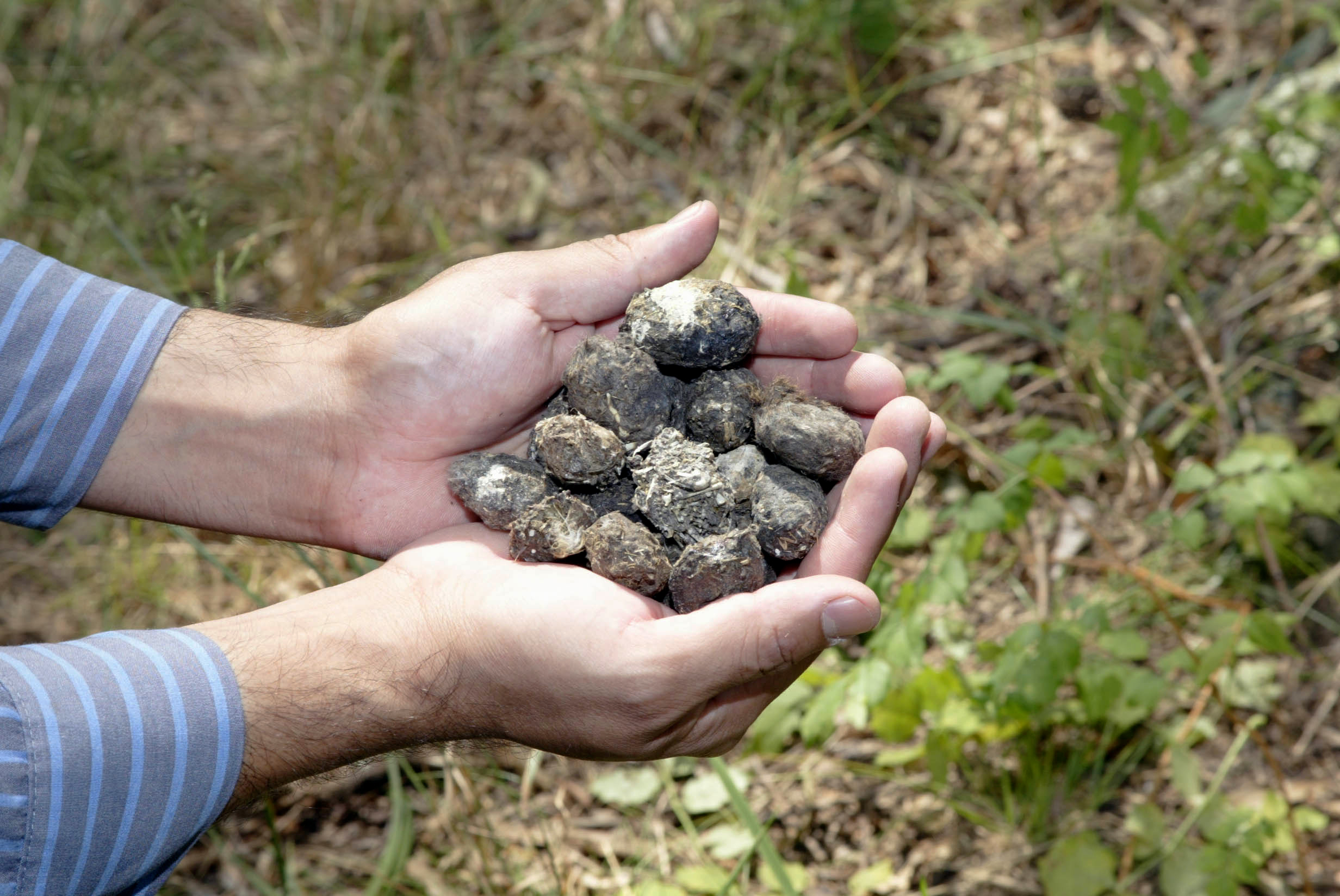
swallows prey
occurs and pellet forms
regurgitates pellet
contains indigestible parts of prey
Explore resources including activities for every life cycle stage, suitable for every grade level.
The dissection of owl pellets can provide a valuable learning...
Read MoreA Carolina EssentialsTM Activity Total Time: 60-70 min Prep: 15...
Read MoreAll About Owl PelletsOwls provide fascinating insight into predator-prey dynamicsGet...
Read More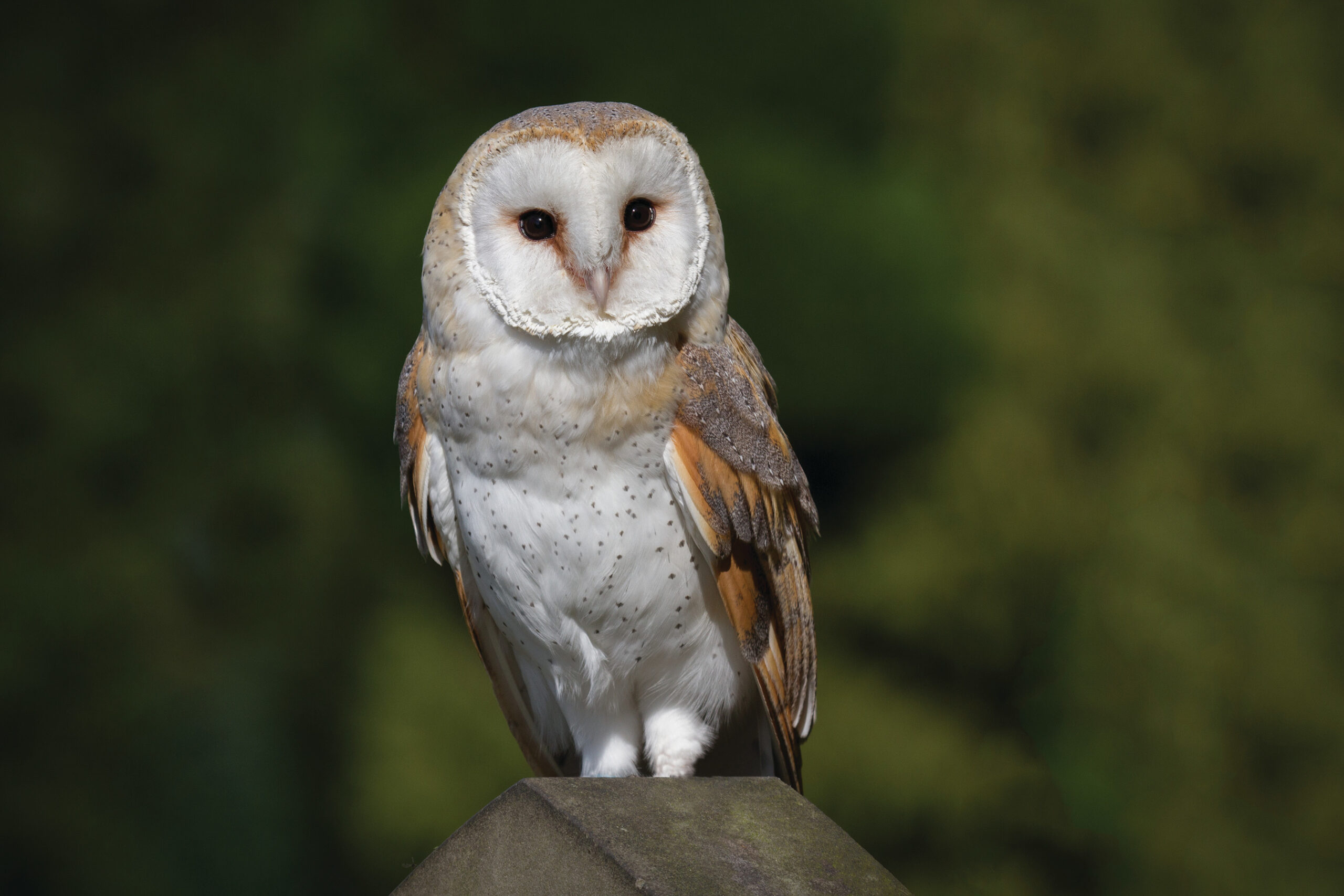
Owls are quite specialized predators, having eyes and ears designed to easily locate prey and unique feathers that enable them to fly almost silently. They hunt through the night, mainly consuming rodents and other small animals.
Learn More About Owl Behavior
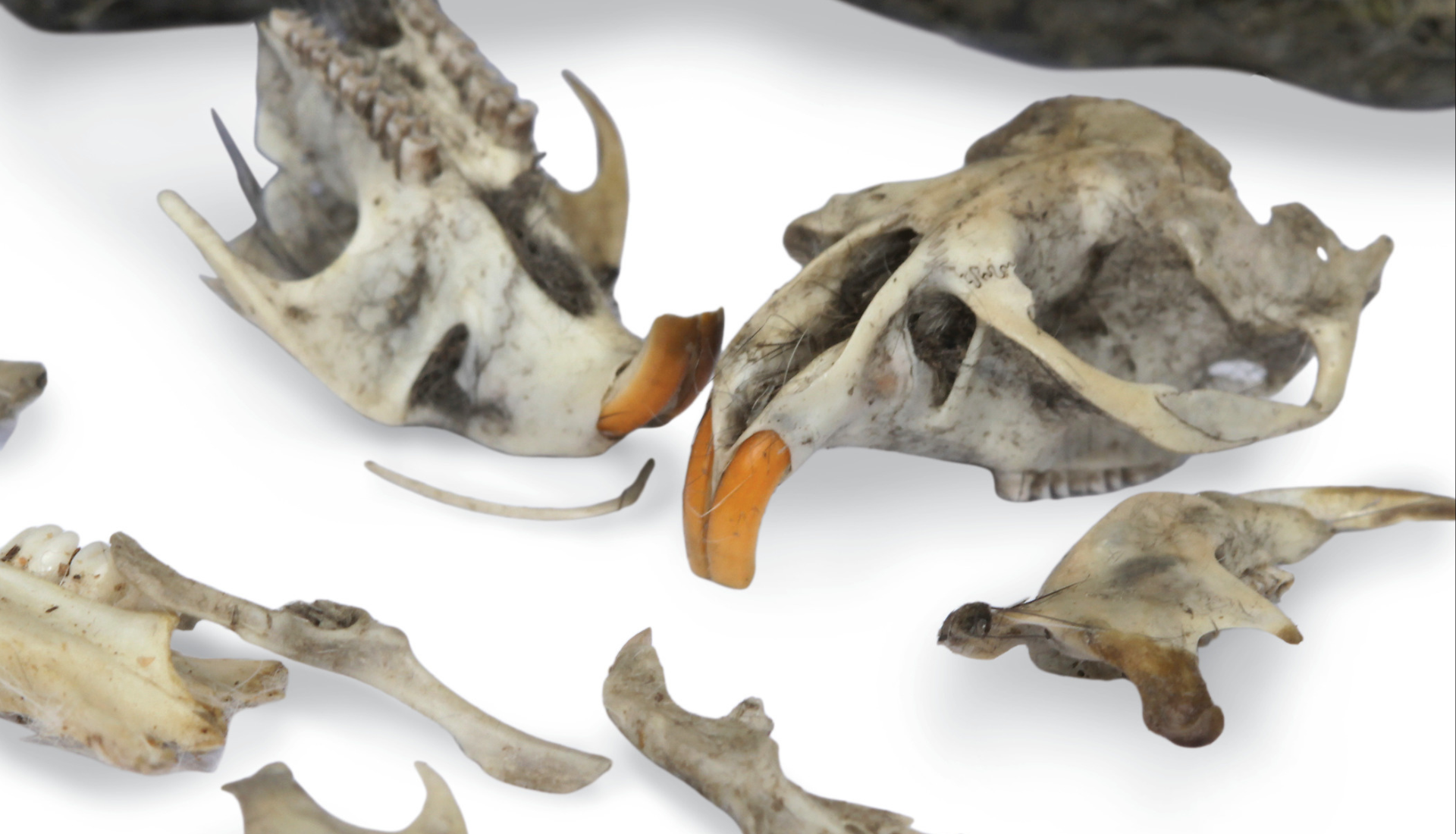
Owl pellet dissection allows students to investigate and identify bones, compare and sort the skeletons of prey, and learn about the characteristics and habits of owls.
Learn More About Owl Pellet Dissection
Learn how to categorize and identify the bones found in the pellet. Use a sorting chart to identify each bone, and if possible, identify the animal from which it came.
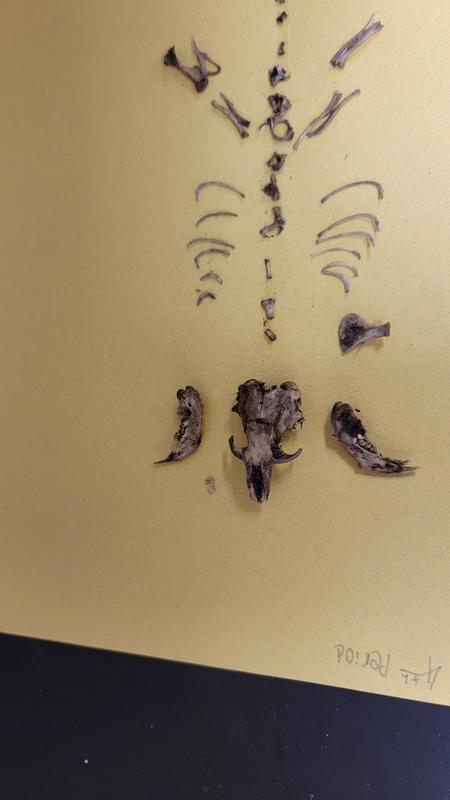
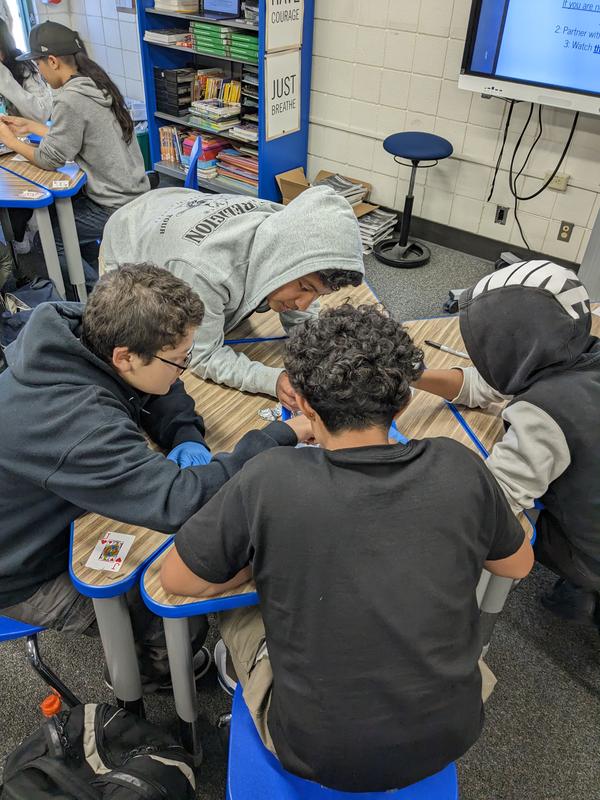
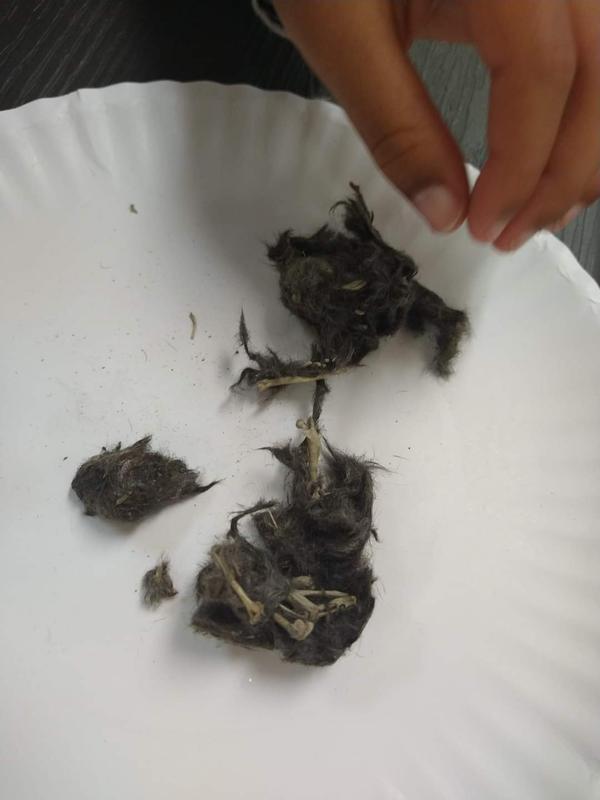
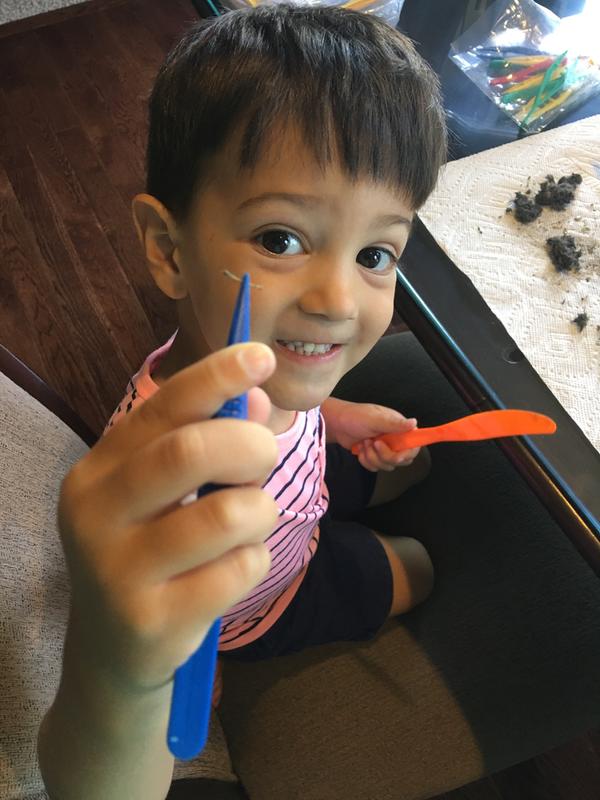
Get the latest news, free activities, teacher tips, product info, and more delivered to your inbox.
We use cookies to enhance your browsing experience, serve personalized ads or content, and analyse our traffic. By clicking "Got It", you consent to our use of cookies. Privacy Policy